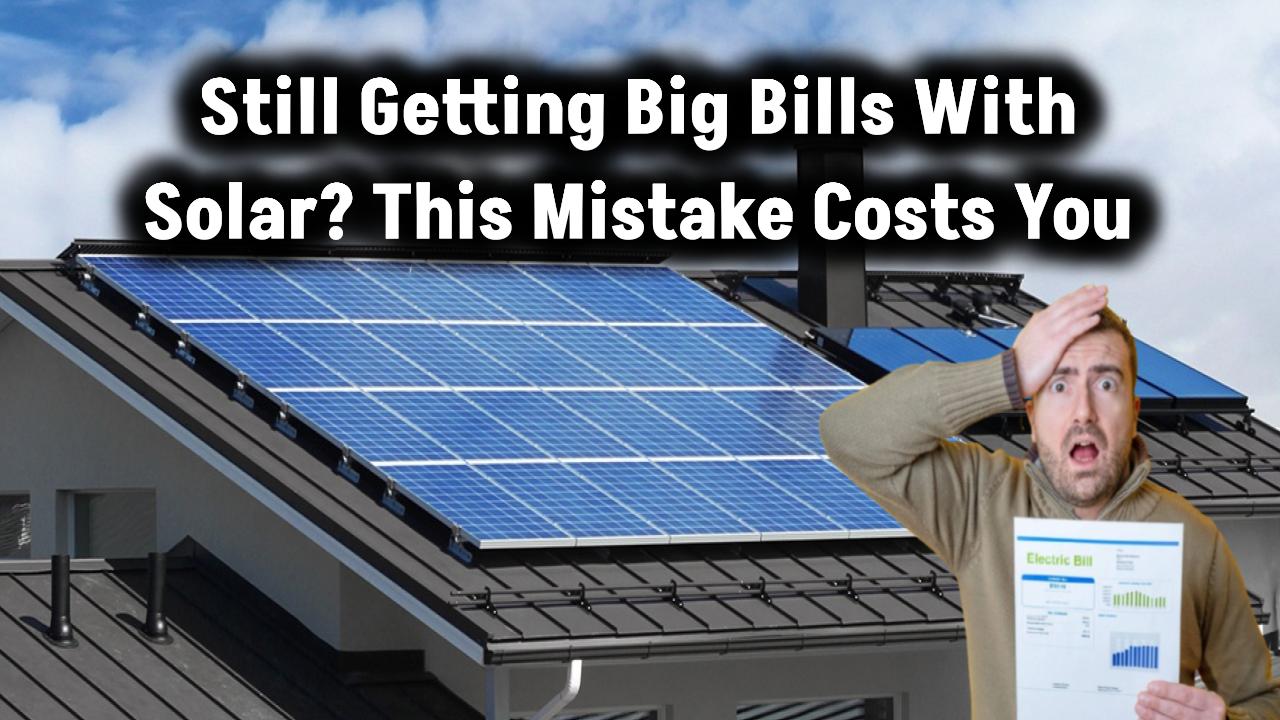
As climate change accelerates and energy prices soar, the 2025 eco grants announced by the Indian government and other global administrations offer a golden opportunity for households to save money while helping the planet. Whether you’re planning to install rooftop solar panels, invest in green building upgrades, or purchase an electric vehicle (EV), there’s never been a better time to tap into generous government incentives.
These eco-friendly subsidies and tax breaks are designed to make homes more sustainable, affordable, and energy-efficient—especially in a year where policymakers are doubling down on their net-zero carbon targets. From Delhi to Detroit, these programs are changing the way we power and build our homes.
Also Check: Get Paid to Go Solar? Here’s What the US Government Is Offering in Solar Panel Incentives
PM Surya Ghar: Muft Bijli Yojana
What It Is
Launched by the Ministry of New and Renewable Energy (MNRE), this flagship scheme helps homeowners install rooftop solar systems with massive subsidies. In 2025, the government aims to power over 1 crore households with free solar energy.
What You Get
- Up to ₹78,000 subsidy on installation
- 300 units of electricity/month free
- Support for both urban and rural households
How It Works
You register on the PM Surya Ghar portal, select an MNRE-approved vendor, and receive the subsidy directly in your bank account after installation and inspection.
Real Example
A homeowner in Lucknow installs a 2kW system for ₹1.2 lakh. With a ₹48,000 subsidy and ₹1,800/month savings, the system pays for itself in 3.5 years.
Green Building Incentives
What Is a Green Home?
A green building uses less energy, water, and materials than traditional construction. In India, certification bodies like LEED (Leadership in Energy and Environmental Design) or IGBC help verify eco-friendly designs.
What You Can Get
- Tax benefits up to 100% depreciation
- Fast-tracked construction approvals
- Discounted property taxes (in some states)
- Subsidized loans via IREDA
Who Qualifies?
Homeowners and builders constructing or retrofitting properties to meet sustainability standards (e.g., energy-efficient lighting, water recycling, solar PV integration).
PMAY 2025: Eco Loans for Affordable Housing
The Pradhan Mantri Awas Yojana (PMAY) is best known for helping lower and middle-income families purchase homes. In 2025, it expands its green reach with:
- Interest subsidies on home loans for eco-housing
- Special incentives for builders using energy-efficient materials
- Additional priority for eco-certified projects
Eligibility
- Household income below ₹18 lakh/year
- No existing home ownership
- Women and SC/ST households get preference
Battery Storage Grants: Still Evolving but Growing
While solar panel subsidies are well established, battery storage incentives are still emerging in India and globally. But 2025 brings fresh promise, especially with states like Gujarat and Maharashtra piloting residential battery subsidy programs.
Typical Benefits
- Subsidies on lithium-ion home batteries
- Reduced GST on battery + solar bundles
- Loans at low interest rates
These setups let users store solar power and reduce dependence on unreliable grids or expensive night tariffs.
FAME II Scheme: Driving Electric Adoption
India’s FAME (Faster Adoption and Manufacturing of Electric Vehicles) scheme is a game-changer for eco-commuters. Under FAME Phase II, you can now get:
- ₹15,000 per kWh subsidy on electric 2-wheelers
- ₹35,000–₹1.5 lakh subsidies on e-cars and rickshaws
- Support for charging station installation
Green Credit Programme (GCP)
What’s New in 2025
The Green Credit Programme, inspired by PM Modi’s LiFE mission, allows citizens to earn credits by:
- Planting trees
- Conserving water
- Managing waste
- Adopting energy-efficient practices
These credits can be:
- Traded on environmental credit exchanges
- Used to meet CSR/environmental obligations
- Claimed for additional tax benefits (expected in budget 2025-26)
Also Check: Farmers Test Solar Panels on Crops — What They Found Could Revolutionize Global Food Production
How to Apply for 2025 Eco Grants
Step 1: Identify the Right Grant
Are you installing solar? Buying an EV? Building a home? Match your action with the appropriate scheme.
Step 2: Check Eligibility
Use official portals like:
You’ll need documents like:
- Aadhaar card
- Property proof
- Electricity bills
- Income certificate
Step 3: Submit Online Application
Almost all major eco grants have paperless application processes. Be sure to upload scanned documents in PDF format.
Step 4: Track & Install
After approval, your chosen installer will guide you through execution. Subsidies are disbursed after successful installation and inspection.
Other Global Grants to Know in 2025
If you’re outside India or looking for global trends, here are a few standout programs:
- USA: 30% federal solar tax credit, plus $7,500 EV credit under the Inflation Reduction Act
- UK: £7,500 Boiler Upgrade Scheme, £5,000 Solar Home Grant
- Australia: Up to AU$2,500 in rebates via Solar Homes Victoria
These countries are aggressively pushing home electrification and net-zero carbon strategies, offering lessons for Indian policymakers.
(FAQs)
Q1: Can I combine PM Surya Ghar and PMAY benefits?
Yes. If you qualify for both, you can install subsidized solar panels on a subsidized home.
Q2: Are these grants taxable?
No. In India, subsidies received for renewable energy infrastructure are not considered taxable income under Section 10(10D).
Q3: What if I rent my home?
You may not qualify for rooftop solar schemes, but you can benefit from shared battery storage, community solar, or EV subsidies.
Q4: Do I need a green certificate to get building incentives?
Yes. Certifications like LEED, IGBC, or Griha are usually required to avail tax benefits for green buildings.
Q5: Are these programs safe from fraud?
To protect consumers, the government maintains a list of approved vendors and installers. Stick to the official portal for applications and avoid middlemen.
Also Check: The Dark Side of Green Energy: Hidden Environmental Costs of Wind and Solar No One Talks About







